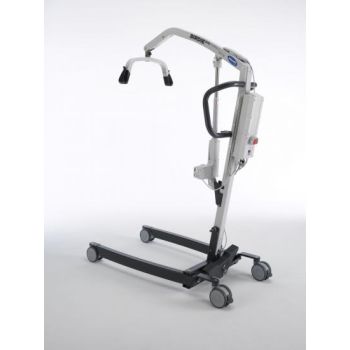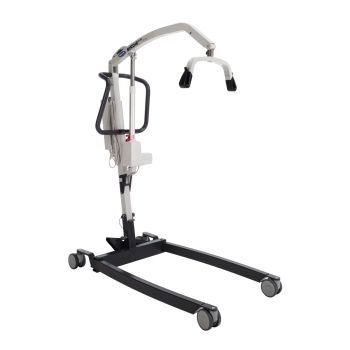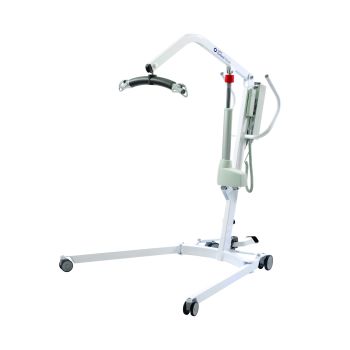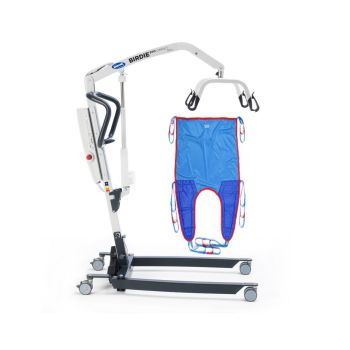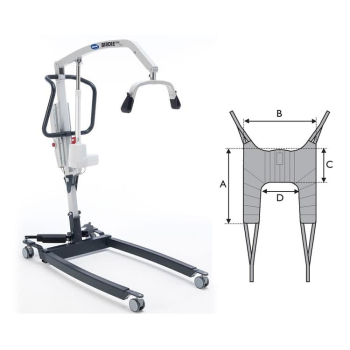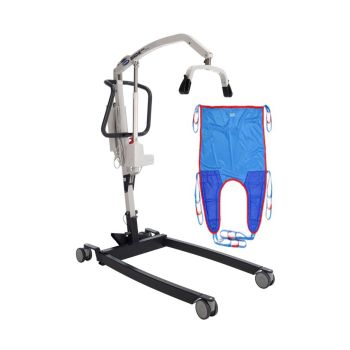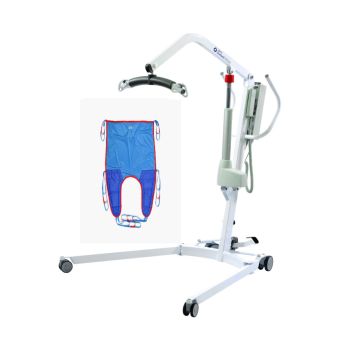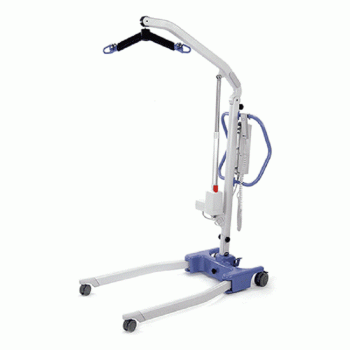At Shelden Healthcare we offer a range of diligently manufactured mobile hoists, or mobile patient hoists as they are sometimes known, for the safe process of hoisting (lifting) and transferring a patient who is elderly, disabled or injured. Mobile hoists are in their essence lifting equipment for disabled. Mobile hoists are ideal for users who don’t have the ability to move from one location to another without help. They also remove the manual strains on carers and provide a safer alternative to lifting using only their own strength.
We have an extensive range of hoists for disabled or elderly individuals available to meet all kinds of requirements, whether you're on a budget, looking for a specific brand, or in need of a bed hoist that will stand the test of time. If you're in need of assistance, please don't hesitate to contact us on 0800 888 6062. We will be more than happy to talk through your unique situation and recommend a product best suited to your requirements.
Read More



